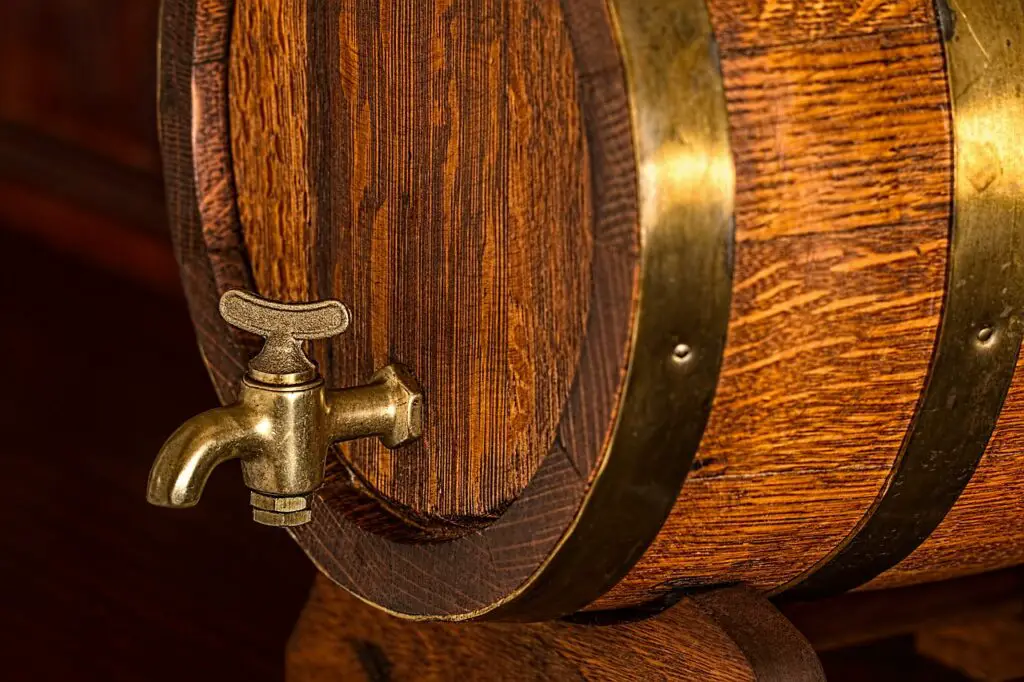Before discussing the flavoring and manufacturing of beer let’s have a look at the origin and popularity of this drink. History had revealed that Beer has been used to celebrate for thousands of years.
When archaeologists looked back on the history of human civilization, they discovered that societies were built around drinking. Beer making at prehistoric feasting locations has been documented at the Göbekli Tepe site in southern Turkey, dating back more than 10,000 years.
Beer – A communal drink
Beer is an ideal drink of balance because it contains much less booze per ounce than other beverages. Beer consumption reduced the negative effects of a crazy night out because it makes people feel less stimulated and seductive than drinking wine and liquor.
A study revealed that overall lifespan and Cardiovascular risk are reduced by moderate beer consumption. Additionally, moderate consumption lowers the risk of hyperglycemia in men, boosts BMD, lowers the risk of elderly fractures, and does not appear to be linked to overall or abdominal fat. Additionally, as is typical in European nations, modest beer intake should be taken into account in the context of lunchtime consumption.
The Campaign for Real Ale (CAMRA) discovered that hitting up a bar frequently enhances social interactions, which raises general life satisfaction. The study found that persons who visited a community-oriented bar or pub seemed to have a larger network of good friends, indicating that they were more trusting of other people and so more involved in their community compared to those who did not visit a neighborhood pub or bar.
Flavoring of beer
The most crucial stage of a beer’s life span, after brewing, is fermentation.
People in the beer business frequently claim that brewers don’t actually produce beer. A sugary solution called wort is made by the brewer, and yeast is then added to it. The sugar is subsequently consumed by the yeast, which produces alcoholic and fizzy nature that gives beer its distinct flavor.
Brewers can do a lot to influence the behavior of the yeast by carefully selecting separated strains and controlling temperature, but ultimately, they must submit to the whim of the millions of microscopic creatures they are trying to feed with wonderful, delicious sugar obtained from grains.
The activity of the yeast greatly influences the end result of a brewer. You are merely giving yeast a welcoming environment in which to produce beer on your behalf. Over the course of brewing history, various yeast varieties have developed, adjusting to their facilities and being chosen by brewers for various traits. Due to the blend of alcohols and esters they create, the yeast strain you select can have a significant impact on the taste of the drink.
Effects of Different Variety of Yeast:
Flocculation level
Some yeast has a significant flocculation level, which indicates that it tends to collect. A cleaner beer is frequently wanted, hence high flocculation is generally preferred. However, some prefer yeast with little flocculation.
Temperature Range
The average temp can affect the type of yeast you use. Lager yeasts are typically fermented at lower temperatures than ale yeasts and vice versa.
Attenuation
The quantity of accessible sugars that the yeast might eat is known as attenuation.
Tolerance For Alcohol
Some yeast strains can’t handle beers with higher viscosities, such as Barleywines.
Flavor
The taste of the beer is somewhat influenced by the type of yeast used. You will detect a malty flavor when the yeast doesn’t flocculate properly and is stranded in the brew. However, you will still perceive various flavors from various yeasts even after it is gone. While some yeasts ferment more thoroughly, producing few fruity esters, others develop more slowly, producing many esters.
Challenge for the Beer Industry
The lack of predictability over how active your yeast will be is the largest challenge for brewers that commercially manufacture yeast. Once it arrives, half of the fungus can already be dead, causing fermentation to stall—a major problem that should always be avoided.
Most brewers nowadays usually keep equipment available that analyzes both the number of active yeast cells in the batch as well as cell count as they want healthy, active and flourishing yeast in their wort so that the fermentation process unfolds according to their timelines.
Bacterial fermentation
Although yeast is used to make the majority of beers, some are manufactured with bacteria. The microorganisms give the beer a distinct flavor that is typically sour. These beers also come in rustic, sour, and fruit flavors including mushrooms, cheese, citrus, and raisins. A few of these beers might still contain yeast.
Spontaneous fermentation
Brewers actually leave their beers open so that the fungus and bacteria in the environment can land on them and begin to ferment them.
Controlled fermentation
To gain more control over the performance, other brewers introduce certain bacteria precisely to the beer.
However, even in regulated fermentation, bacteria can create a variety of results while yeast is typically very predictable. Undoubtedly everyone cannot enjoy the flavors created by bacterial fermentation. Many individuals who only have experience with lagers and pilsners are unaware that beer can also have such tastes.
Timeline for beer fermentation
Beer fermentation is anticipated to take four to eight weeks to complete. There is no one approach that works for everyone, but there are simple guidelines to adhere to, especially if you wish to be safe. Beer fermentation times vary greatly depending on the style. Your homebrew’s fermentation process will take a certain amount of time depending on a number of variables, including temperature and yeast quality.
- Although the majority of ales ripen for up to five days, the best results were obtained by delaying at least 2 weeks prior to moving the beer to bottles or kegs.
- Contrarily, based on how long the beer is allowed to mature, the larger primary brewing process can take between 2 to 3 months.
Links
- https://time.com/5407072/why-beer-is-most-popular-drink-world/
- https://www.ncbi.nlm.nih.gov/pmc/articles/PMC8001413/
- https://en.wikipedia.org/wiki/Campaign_for_Real_Ale
- https://www.allagash.com/blog/beer-fundamentals-beer-has-yeast-in-it/
- https://www.midwestsupplies.com/blogs/bottled-knowledge/how-long-is-the-fermentation-process
